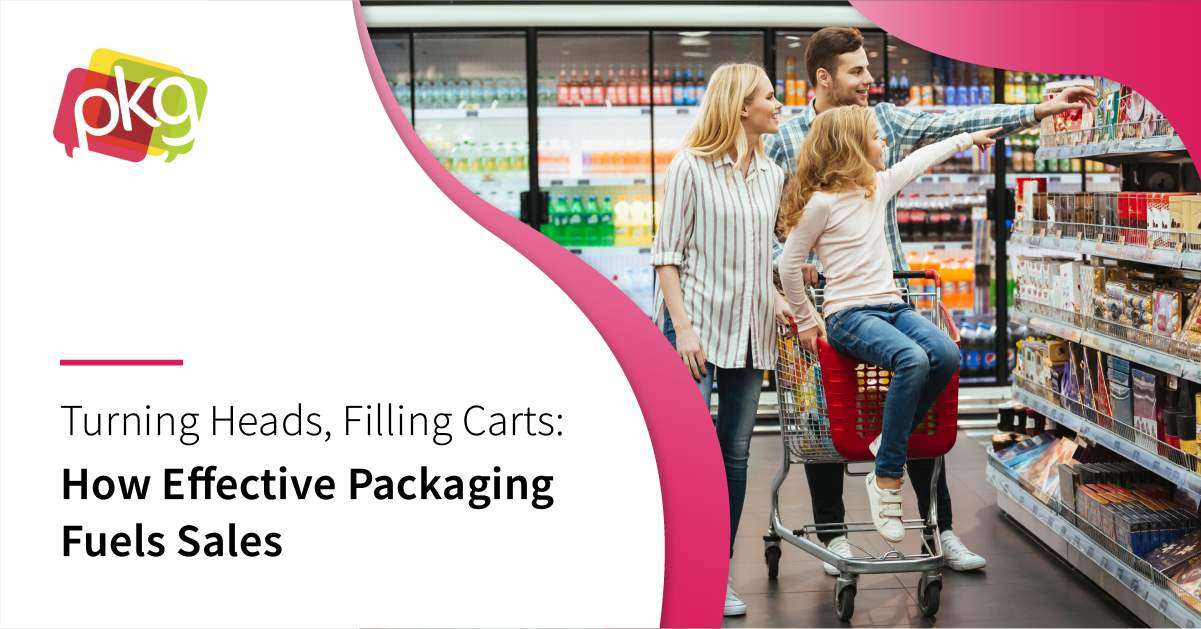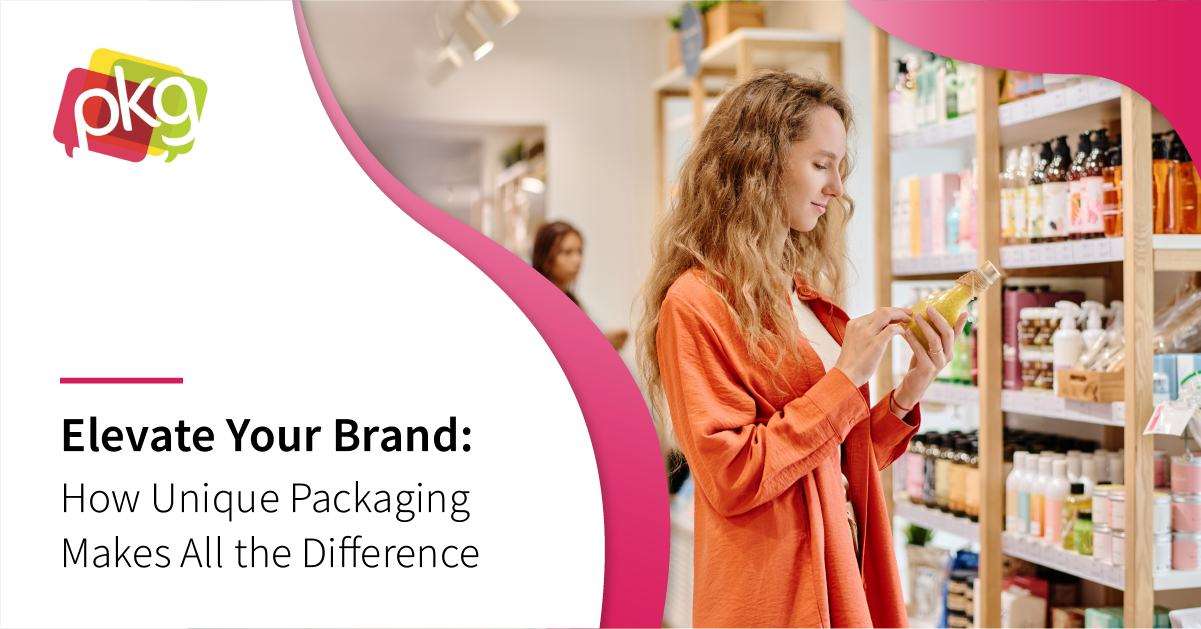-min%20(1).png?width=1200&height=628&name=1%20(1)-min%20(1).png)
Today’s businesses look to packaging for a wide variety of reasons. Packaging is no longer just a way to transport materials from your business to the customer’s home. The consumer expects a lot from packaging. It must be sustainable and durable. It should be functional, working with the products that you sell efficiently and protecting your items in the most optimal way.
-min.jpg?width=1200&height=800&name=2.jpeg%20(3)-min.jpg)
In this new era of shipping, the customer also expects your packaging to be part of your marketing strategy. This has given rise to unboxing: packaging as a consumer experience. In the last twenty years, there has been a seismic shift in marketing. This shift has changed the packaging industry, and change continues exponentially.
When faced with a choice between flexible packaging, rigid plastic, metal, paper, and biodegradable materials, what should you choose?
Flexible Packaging Design Is Lightweight
Flexible packaging brings together a wide variety of non-rigid materials. Whether made of mixed materials, paper, foil, plastic, or film, it’s distinguished by its ability to mold to the product. Pouches, liners, and bags all fall into this category. Stretch and shrink wrap are also used in shipping, acting as restraints or bundling for packages.
These lightweight packaging solutions are convenient and cost-effective. Flexible packaging is efficient to produce and saves on material use during packaging design. It also saves on transportation emissions and shipping costs since the packaging is far lighter than other options, such as thick glass or metal.
Flexible packaging merges consumer satisfaction and a myriad of design options. Like metal, flexible packaging can also enhance the shelf life of products, providing customers with fresh food and other products. It’s also extremely customizable: a packaging designer’s dream.
Sustainable CPG Packaging
Packaging is a necessity when you are shipping items, and consumer goods get damaged without proper packaging. However, every type of packaging has its own environmental impact, from the energy and materials used to create it to the emissions used to transport packaged goods.
When it comes to packaging design, companies are reconsidering the sources and recyclability of their packaging materials. Recyclable, biodegradable, and compostable materials are becoming more popular. These options cut down on the materials used to create packaging, and they can also reduce waste after the customer unboxes the product. There are numerous options for more sustainable packaging, including plant-based plastics. Innovative packaging design strategies can also minimize the amount of packaging you use.
All of these packaging choices tell your customers that, as a company, you are actively engaged in reducing your environmental footprint. Not only can this form part of your branding - it also has a real environmental impact.
Versatile Paperboard and Cardboard Packaging
When customers think of packaging, durable paperboard and cardboard packaging likely come to mind. Cardboard is versatile and cost-effective. It’s used to form packages for shipping and packages for the products inside, such as food, consumer goods, and cosmetics.
One advantage of cardboard packaging is that it offers versatile branding opportunities. It’s easy to print on cardboard and can be customized to suit the product and create a brand experience.
Paperboard and cardboard are also highly recyclable, and they are often made out of recycled materials themselves. Cardboard is one of the easiest materials to recycle, and it can be recycled up to seven times before it loses its strength. Recycling cardboard saves the water, energy, and materials used to make new packaging.
If you’re looking for a durable, ecologically friendly tried and true option, paperboard and cardboard fit the bill.
Rigid Plastic Packaging Showcases Products
Clear plastic bottles and rigid plastic coverings for products allow companies to easily showcase their products. With rigid plastic packaging, the customer doesn’t need to unbox the product to see what they are getting: it’s right there in front of them. Rigid plastic packaging is typically used in CPG packaging applications such as food, beverages, personal care items, and household products.
Rigid plastics are lighter than metal, and this saves on shipping emissions and costs. There are still challenges with recycling these materials, particularly in places that still need robust plastic recycling programs. However, when such facilities exist, these plastics are often highly recyclable. There are also efforts underway to enhance the recyclability of these plastics.
Rigid plastics are a sound choice for companies that need more solid protection around their materials and want their products to be immediately visible to the customer.
-min.jpg?width=1200&height=800&name=3.jpeg%20(2)-min.jpg)
Metal Packaging: A Durable CPG Packaging Solution
When it comes to durability and longevity, metal is an excellent choice in packaging design. Metal has historically been used for beverage, food, and aerosol packaging. It can be transported well over long distances, and vacuum seals and thermal sterilizing keep the contents safe from light, moisture, and oxygen during shipping and months beyond that. Metal is the ideal barrier for sensitive materials. It is also easy to form around a product, and consumers are highly familiar with this material. This makes metal a solid choice for consumers since they feel your packaging is reliable.
While metal cans are heavier than many packaging choices, they can be recycled many times. They also have an outstanding recycling record: 45 percent of aluminum cans and 58 percent of food cans are recycled. Metal recycling also has a significant economic impact and is a significant creator of jobs.
Metal is heavy; however, for many companies, this concern is outweighed by its durability and by the fact that metal is exceptional at maintaining product freshness over time.
In today’s fast-paced packaging industry, companies not only need to consider what kind of packaging design is the right choice for shipping a product. They also need to consider what message their packaging sends to the customer. CPG packaging must be practical and predictable, and it should also create a brand experience.
What message is your packaging design sending to your customers? If you’d like to investigate packaging options or make a change, stay up to date on packaging trends: subscribe to our blog today.







